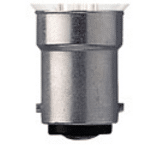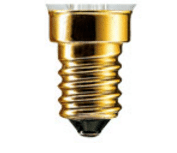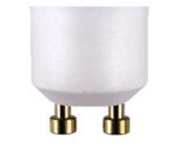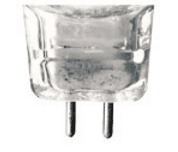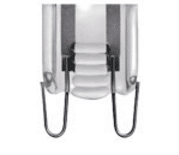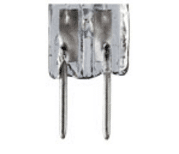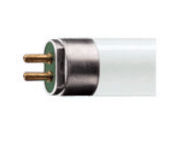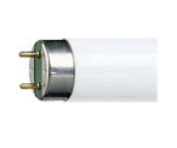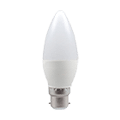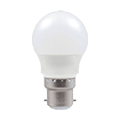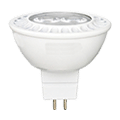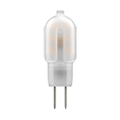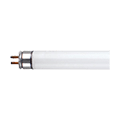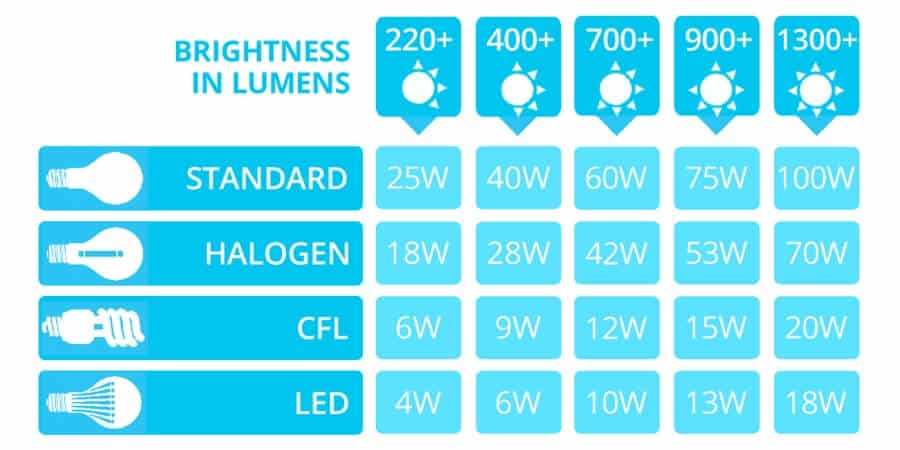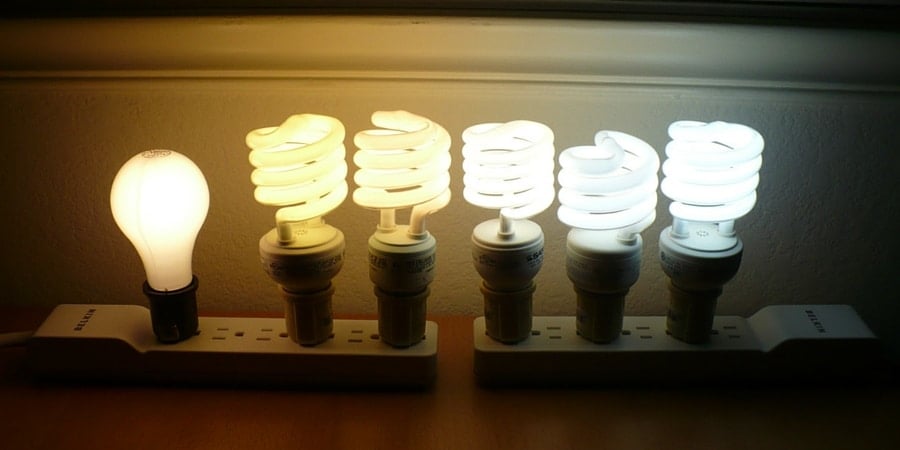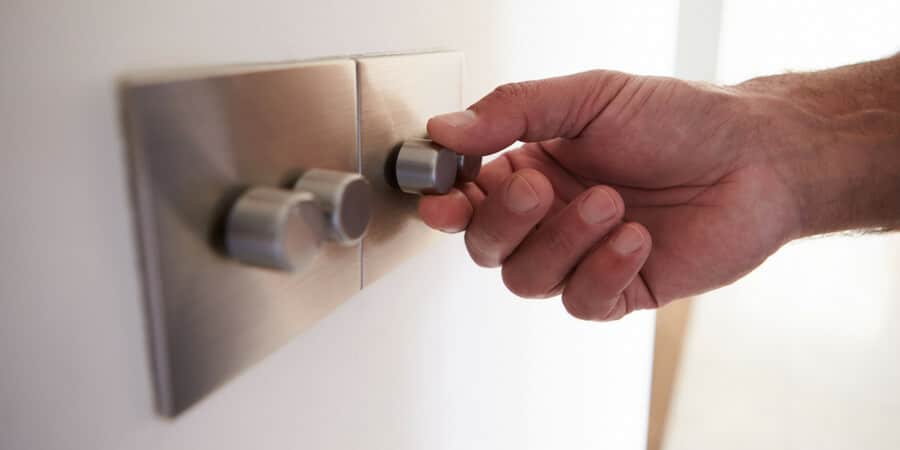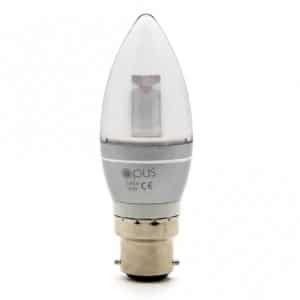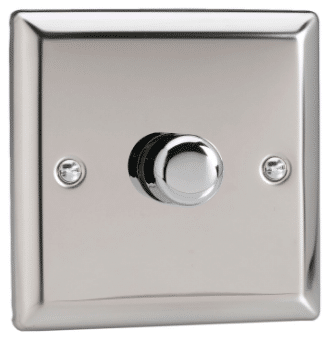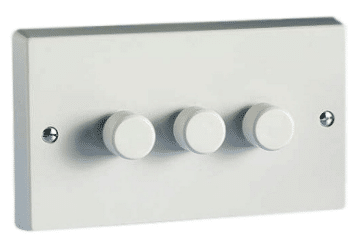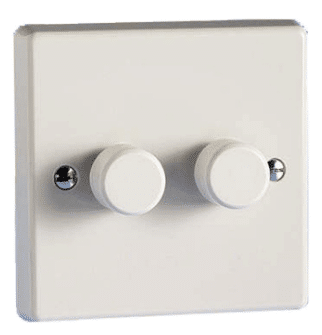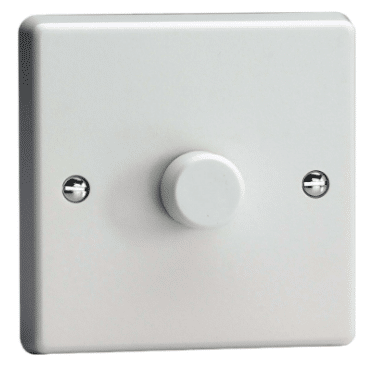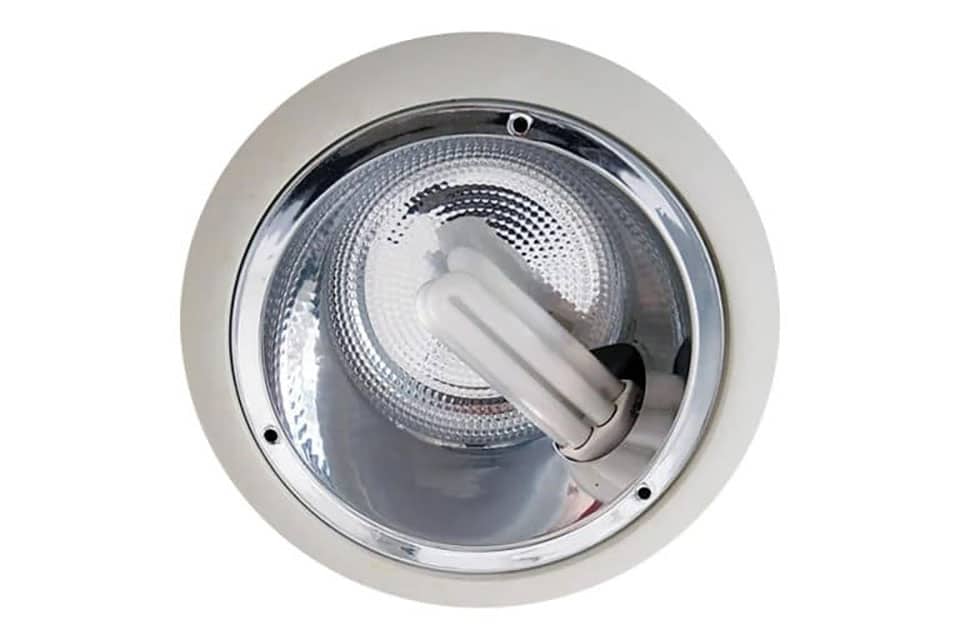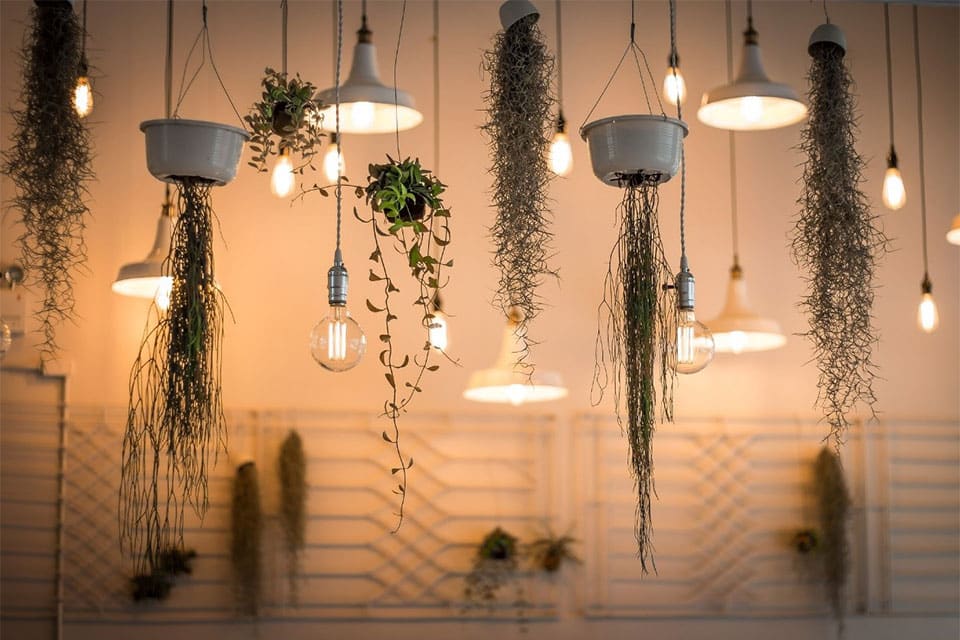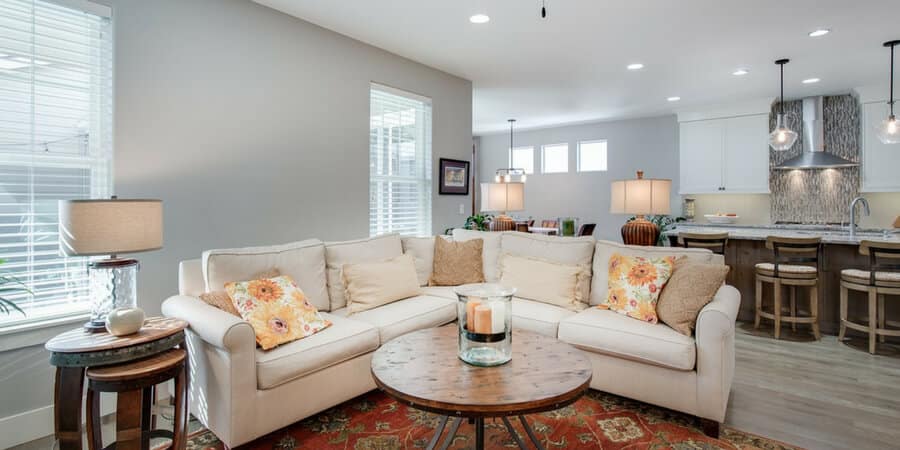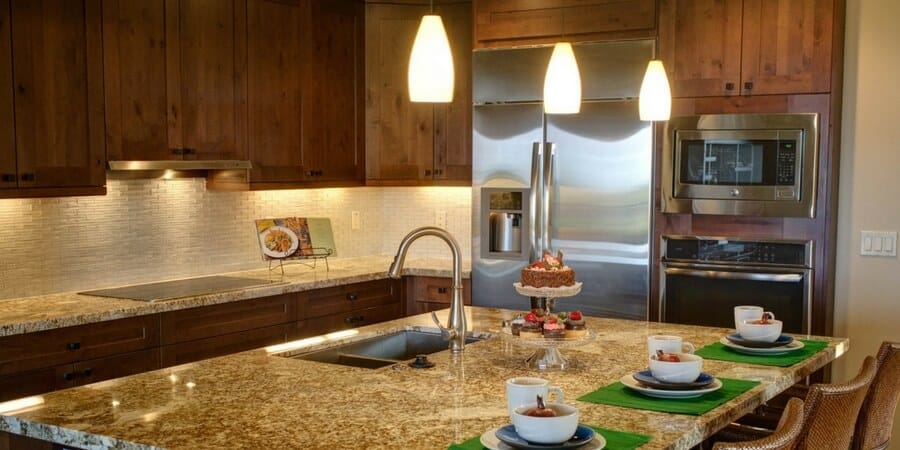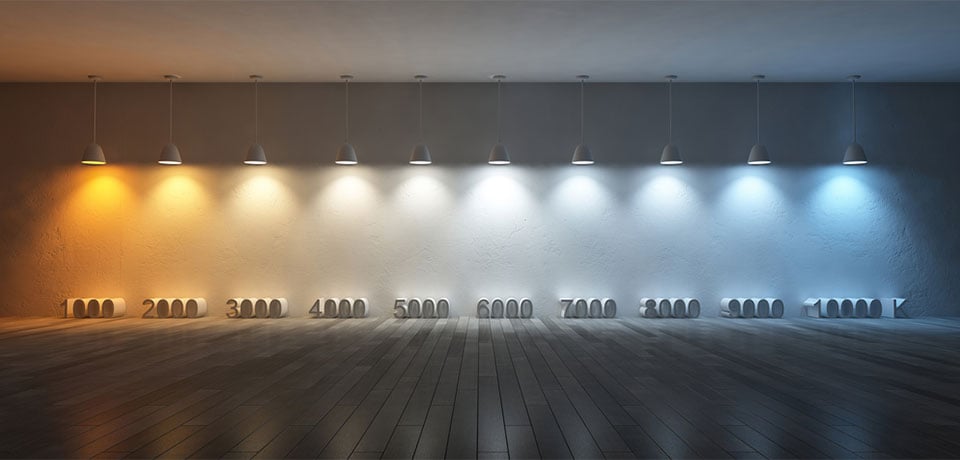Given that the average person will sleep for roughly one third of their life, your bedroom is one of the most important rooms in your home. It’s a respite for you to relax in, and it deserves more than a little of your attention when it comes to lighting design. Since light is one of the driving forces behind our circadian rhythms (our daily cycle of sleep and wakefulness), properly managing it in the space where you rest your head is all the more important.
Here’s how you can ensure a properly-lit bedroom:
Lighting Zones
While it’s generally not recommended for creating the perfect sleep environment, you probably do more in your bedroom than just sleep. Depending on the size of your room, you may have several zones where you perform a variety of activities: your wardrobe and vanity, a reading area, maybe a desk for work, the remaining space, and of course, your bed.
General
Bedrooms need a mix of ambient and task lighting, and possibly accent lighting if there are some items you would like highlighted. But overall, upon entering you will want to have some general lighting for moving around safely.
LEARN MORE ABOUT AMBIENT, TASK, AND ACCENT LIGHTING
For general lighting, consider the size of your room and how much space it is that you actually need to light. Take measurements if you need to, and remember to take stock of your current outlet and switch locations to get a better picture of what lighting is possible. You can always reach out to experts if you need advice or assistance, and having this information in advance will make it easier for them to provide you with the best possible lighting solution.
When selecting light bulbs and fixtures for your room, remember:
- Consider what daily activities you do in your bedroom and what type of lighting they might require. Do you need task, accent or ambient lighting?
- Spread out and layer your light fixtures. Multiple light sources with a lower lumen level provide a warmer and more welcoming feeling than a single bright light, which can appear harsh and cast shadows.
- Select light-coloured lamp shades that aren’t fully opaque, so that it can diffuse light rather than concealing it.
- Don’t forget you can dress it up. Lamps can add to your decor, and even double as an art piece, so don’t be afraid to choose something a little outside the box or add some fairy lights to amp up the ambience.
Bedside & Reading Nook
Ideally, your bed and the space that surrounds it should be designed to help you relax. You want to get into bed at the end of the day and unwind, which means avoiding melatonin-disrupting blue light at all costs. Light bulbs in bedside lamps should be very warm or warm white – opt for a colour temperature somewhere around 2,000 – 2,700K. Learn more about light bulb colour temperature.
Don’t install lights directly over the bed, which can be harsh while lying down. Ideally, you want soft lighting from the sides, with well-shielded fixtures and a beam angled downwards, to keep light from shining in your eyes.
Whether you like to read in or out of bed, warm light still works best – just make sure you choose a bulb with a higher lumen level to keep your eyes from getting strained, and install a dimmer switch so you can adjust the brightness to suit your purposes. If you keep your reading area separate from your bed, a similar fixture or reading lamp that keeps light out of your eyes is ideal.
PRO TIP: If you share a bed with a partner, consider having light switches installed in the wall above your bed or on either side so you can control your partner’s bedside lamp without reaching over them and waking them up.Wardrobe
A nice bright bulb in your wardrobe area is ideal for waking you up while you get dressed in the morning, and it also makes it easier to pick out your clothes. Look for light bulbs with a cooler colour temperature that mimics daylight, about 5,600k. Not only will this colour temperature make you feel more alert, it also makes it easier to see the true colour of your clothes. No more struggling to find that navy shirt in a sea of black tops!
Light fixtures that are aimed downwards to keep the light aimed on your wardrobe and out of your eyes are the best choice. You’ll also want to keep them out of direct contact with clothing, so select protected fixtures like recessed lamps.
With a low operating temperature and minimal energy use, LED strip lights or rope lights make a nice addition to your closet. They’re flexible and easy to attach, so you can brighten up all the corners of your closet and keep the fixtures concealed. Attach strip or rope lights above rods, along the tops of shelves and inside drawers for easy viewing of garments, shoes and accessories.
Vanity
If you prefer to put on your face for the day in your bedroom rather than the bathroom, you’ll want good, even lighting around your styling station. You can accomplish this through the use of a vanity mirror or by placing wall sconces at eye level on either side of a normal mirror. Select fixtures with a diffused shade or frosted glass.
The colour temperature you select here is predominantly dictated by personal preference. A cool daylight colour may help wake you up in the morning, but a warmer tone is the most flattering. For a more realistic reflection, you’ll want to select a bulb with a good colour rendering index (CRI). Makeup artists and aficionados prefer CRI of 80 or higher. If you need help selecting a bulb with a high CRI, get in touch with us.
Work Area
In a perfect world, you would keep your work life out of your bedroom, but not everyone has the space. If you have a work area in your bedroom, use lighting to keep it separate from the sleeping area. In this space, you’ll need task lighting that is bright and cool to keep you alert and prevent eye strain. Select a fixture with directional lighting that you can control and aim directly at what you’re working on, such as a task lamp.
A Short Word on Switches
The important thing to remember about light switches in your bedroom is convenience. How many times have you stumbled across a dark room because you had to turn the light off at the entrance? This issue is easily solved by installing multiple switches throughout the room that control the fixtures in each respective ‘zone’, so you can have lights on to get dressed at your closet without disturbing your still-sleeping spouse. Add a dimmer switch for additional control over light levels and ambience:
A Better Bedroom
It can be tough to strike the right balance between relaxing respite and a space where you can actually drag yourself out of bed every morning. Too little light and it will feel impossible to wake up on time, but too much or the wrong temperature and you’ll find yourself unable to fall asleep. Knowing how to break up your bedroom into zones and light them properly will have you on the right path to peaceful sleeping in no time.
Questions? Contact our experts at +44 (01869) 362222, [email protected] or use our live chat option, accessible on the main page.
Learn more about shopping for and selecting the right light bulbs with our buying guides.



